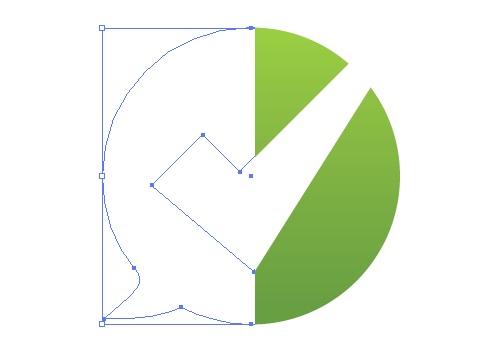PollVault’s principles for empowering the people
I recently came across Joi Ito’s presentation on the MIT Media Lab’s principles for innovation in the AI (After Internet) world. As the founder of a new democracy server call PollVault whose aim is to make participation in democracy simpler and more accessible to all, I found these principles very resonant with my own thinking. Here is an explanation of how we implement Ito’s design principles at PollVault.
Resilience over strength
We chose to built PollVault using the latest agile development technology in order to prototype quickly, iterate rapidly, and make small pivots with ease. Developed in Python/Django and running in the cloud with Heroku, PollVault benefits greatly from the flexibility of our architecture.
Pull over push
PollVault’s social network grows using a pull model where invitations are extended to potential advisors rather than to followers. In essence, voters ask their better-informed peers, “Can you help me with my ballot?” and lend an open ear, something sorely needed in the current morass of tweets and posts. We call this discriminate listening vs indiscriminate speaking which prevails today.
Risk over safety
The old adage that admonishes us to avoid discussions about religion and politics is a recipe for playing it safe, socially, with dangerous underlying consquences for the culture. We believe that the greater the flow of information, the faster the collective learning of the group; at the same time, we respect the spirit of the saying: passionate disagreements historically have arisen over these topics in particular. PollVault creates a safe place to take political risks by hosting conversations between citizens and their chosen advisors — conversations which may take the form of passionate, yet respectful, disagreements.
Systems over objects
Voters historically have relied on printed campaign pamphlets and election guides to inform themselves about candidates and propositions. PollVault replaces these static objects with a dynamic interactive system whereby voters communicate directly with candidates, advocacy groups, and each other to create a political dialogue where before, moneyed monologue prevailed. As a vertical social network aimed at strengthening democracy, PollVault is vibrant and alive.
Compasses over maps
One voter guide = a map. One hundred voter guides = a compass. On PollVault, voters use their social intelligence and history of trust to select the individuals and organizations who will best inform them in a way that reflects their values. These chosen advisors will often disagree on the particulars, however, and this creates a fascinating opportunity for further research into the differing choices and the values behind them. Ultimately, the voter is left to chart a course with the weighted guidance of these hand-picked voices.
Practice over theory
There is no better way to ascertain the will of the people than to ask them directly. PollVault, at heart, is a tool to collect the actual voices and choices of the electorate rather than inferring them. Technology is finally sufficiently advanced that we can allow every individual to participate in the democracy in real time. Rather than theorizing about what the people want, we give them a practical way to tell us, en masse.
Disobedience over compliance
Partisan politics all too often oversimplify and lump together issues that deserve independent reflection. PollVault encourages fracturing of the issue space into discrete topics, and healthy sampling from the smorgasbord of opinions on all sides. Straight-ticket voting, borne of a lack of nuanced information about all choices, is compliance. Thoughtful selection of the best ideas from across the aisle is healthy and essential disobedience.
Emergence over authority
On the spectrum of representative democracy to participatory democracy, PollVault favors the latter — with a twist. Citizens have neither the time nor the inclination to become experts on all of the issues and candidates presented to them, and so they defer some choices to select trusted others. Over time, the most reliable domain experts gain real social and political capital via their followerships. These are leaders who emerge from among the grass roots, rather than top-down designated authorities. This is perhaps the most exciting promise of PollVault: power which accrues based on the fidelity of ideas.
Learning over education
Ito doesn’t like the word education, “Education something that is done to me; learning is something I do to myself.” PollVault is first and foremost a platform for self-directed learning. We help voters answer these three key questions: 1) What are the important issues facing our democracy? 2) Who can best help me understand and make choices about these issues? 3) What are the most robust arguments put forth by proponents and opponents of these issues? The impetus to collect information and use it to make more informed choices is the hallmark of the PollVault user.
Many thanks to Joi Ito and his team at the MIT Media Lab for offering some structure and guidance for our thinking about designing these new tools for democracy. It seems that PollVault has its own “trusted advisors”. May we continue to learn from them and put their theory into practice in the service of all.
~Nolan Love, PollVault Founder




 Monday, November 5, 2012 at 04:35PM | by
Monday, November 5, 2012 at 04:35PM | by  After over an intense year of campaigning for the 2012 elections, citizens all across the U.S. will be casting their votes tomorrow on November 6th. If you are looking for last minute resources around the election, we have got you covered.
After over an intense year of campaigning for the 2012 elections, citizens all across the U.S. will be casting their votes tomorrow on November 6th. If you are looking for last minute resources around the election, we have got you covered.

